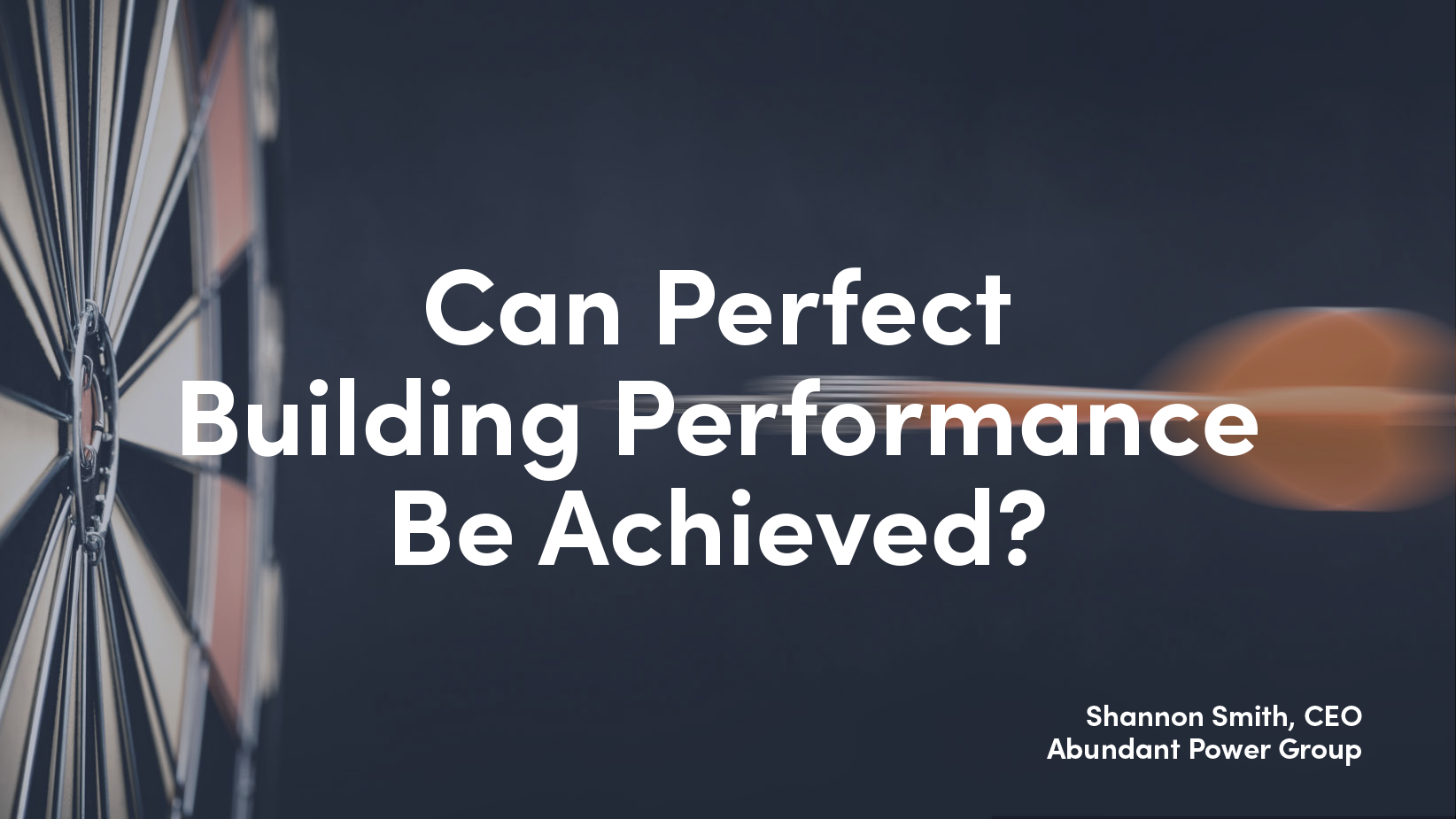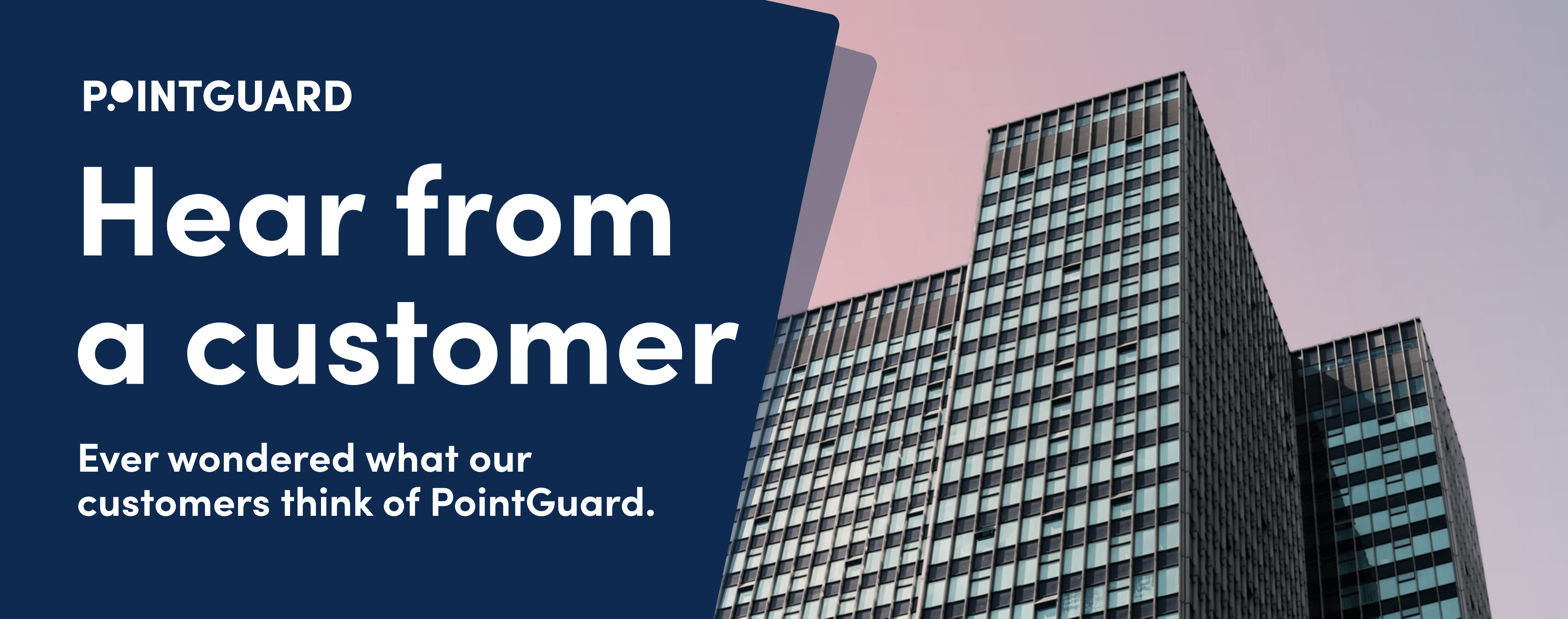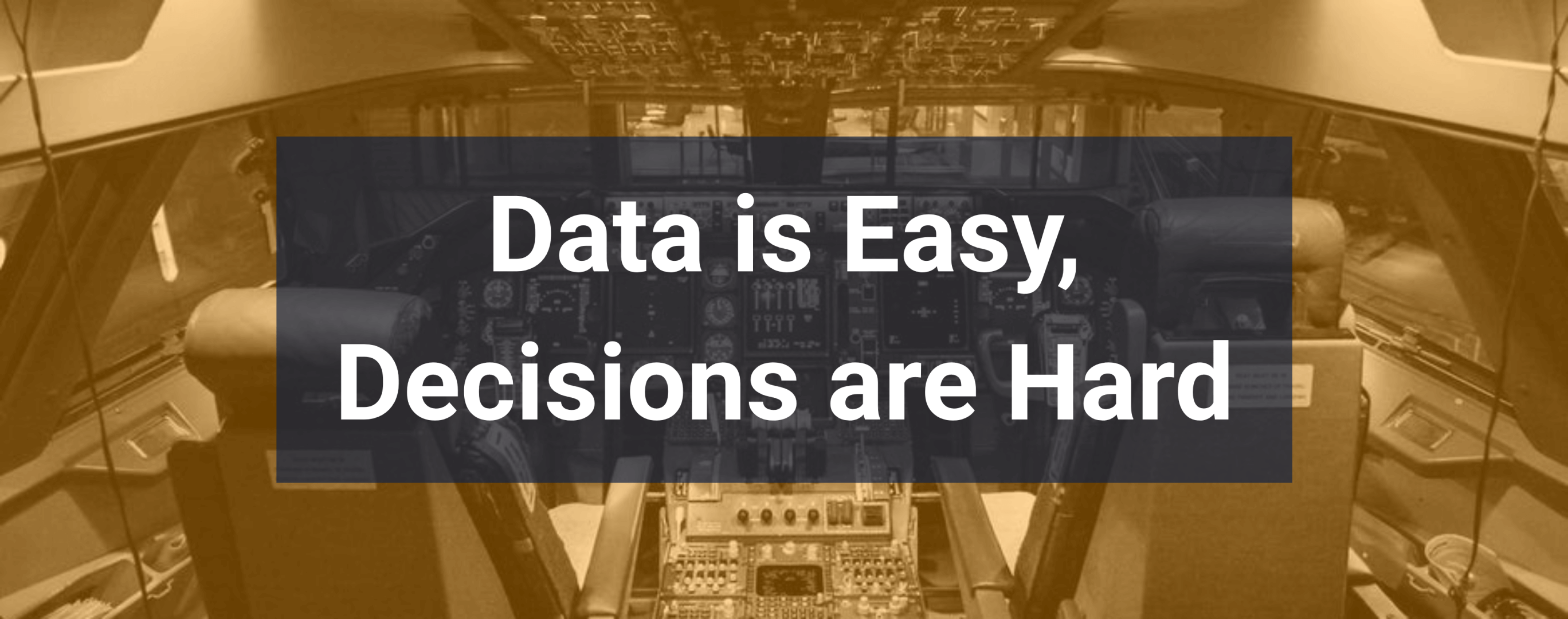Analytics provides insights into mechanical performance that improve occupant comfort, while reducing facility management headaches. Learn more about our tips for improving building performance in the latest blog.
Every building owner or facility manager knows that buildings are fickle, beginning to drift the minute they are commissioned and the first occupant walks through the door. Without constant monitoring, analysis and adjustment, equipment is over-worked or under-utilized, occupants are dissatisfied, money is wasted and ROI diminished. In the hyper-connected 21st century, why settle for this sub-optimal scenario? Look for these key analytics performance indicators to help you and your team move closer to perfect building performance, keep occupants satisfied, maintain asset value and drive healthy ROI’s.
#1 – Look for simplicity. Simple data is useful data. Do your analytics help you understand what’s really going on in your building? Are the visualizations compelling and intuitive? The digital world is built to simplify your life - why expect anything less from your building analytics?
#2 – Trust neutrality. Independent data can bring transparency and trust to an industry long plagued by false promises, high prices and conflicts of interest. When vendors and contractors own and manage your data, transparency and accountability are compromised. Your data should support only one set of priorities – the needs of you, your team and your building.
#3 – Demand relevance. Does your data tell you what you need to know in a way you understand? Do you gain useful clarity on what’s really important, such as tenant needs, maintenance, operations, and capital costs? Data that informs you about performance in priority areas will lower operational and capital costs and increase tenant satisfaction and cap value.
#4 – Ask for customized, specific insight. For too long, meter-based analytics have only been able to identify underperformance patterns across systems. You might know there’s a problem, but not exactly what is wrong and where. The highest savings in maintenance, operations and replacement costs come from fixing identifiable problems with specific equipment. Your building analytics should incorporate the performance characteristics of each building and the unique issues that it possesses. Data is often disregarded when it does not include analysis from the team on the ground and in the building.
#5 – Drive towards actionable options.Driving towards more perfect building performance takes time, but is not a forever prospect. When you can get trusted data in plain language into the right hands at the right time, clear pathways to better building performance open up. Clarity from building analytics can be easy to promise, but hard to deliver.












